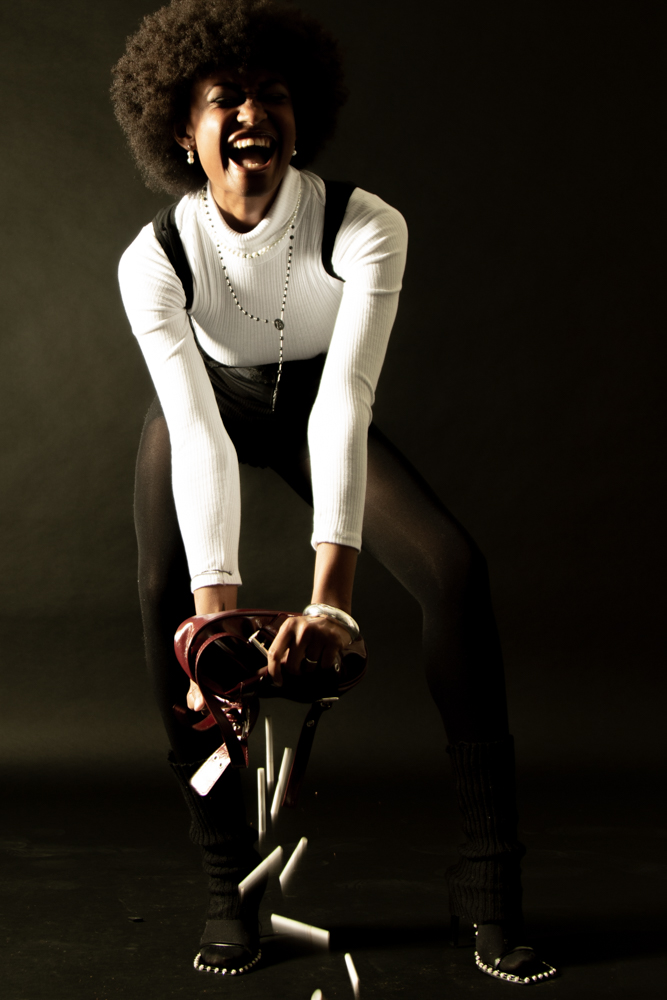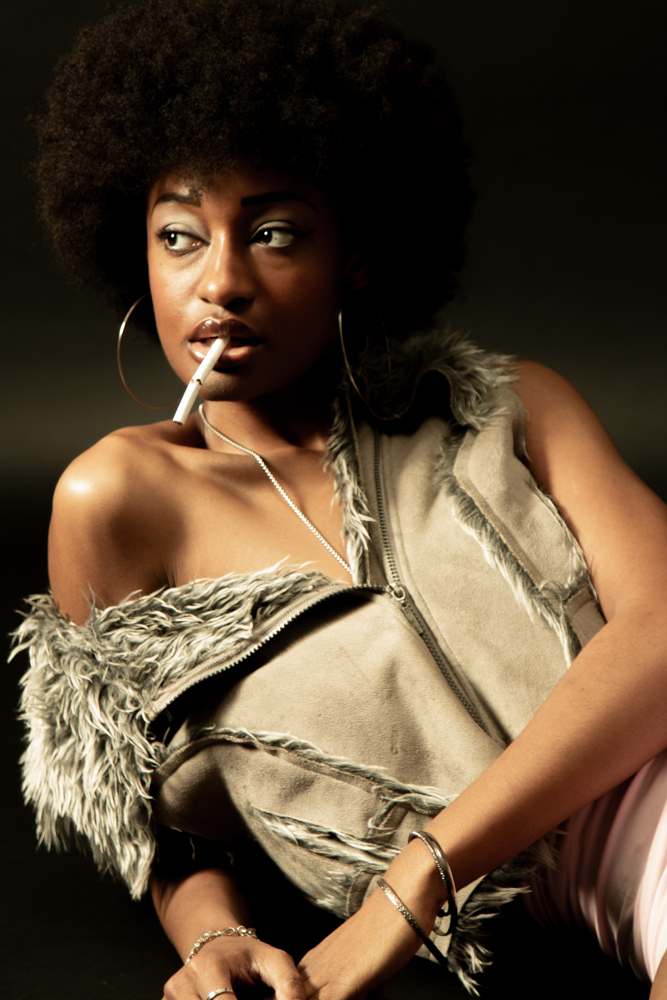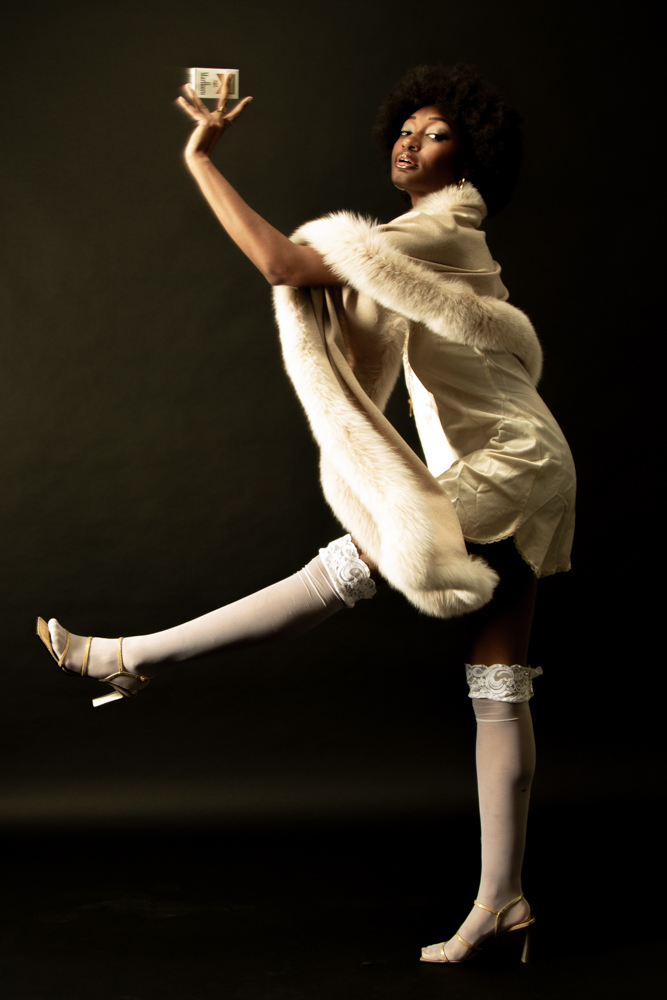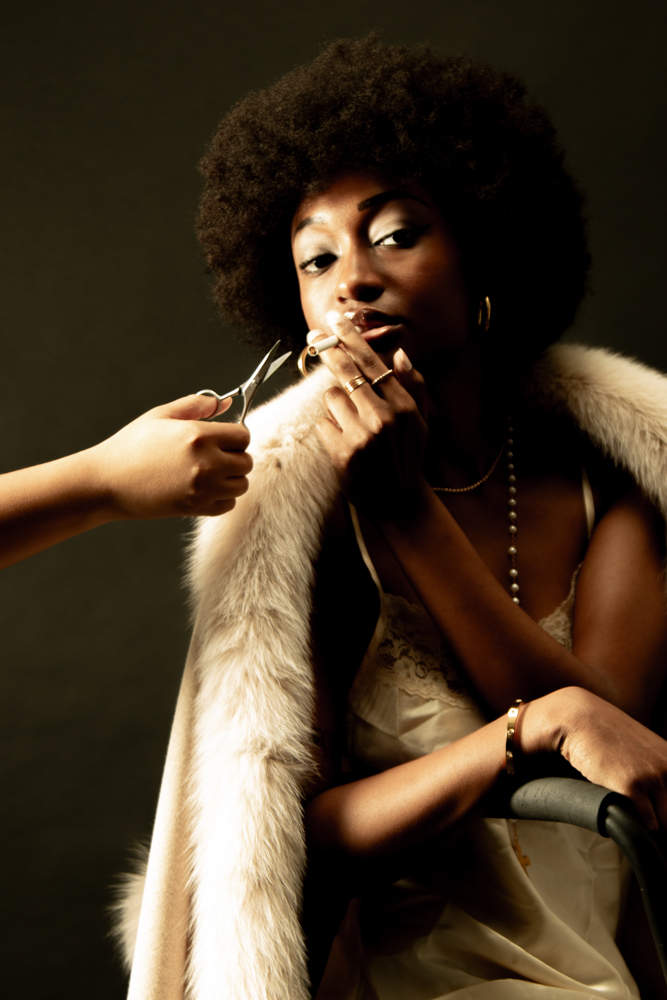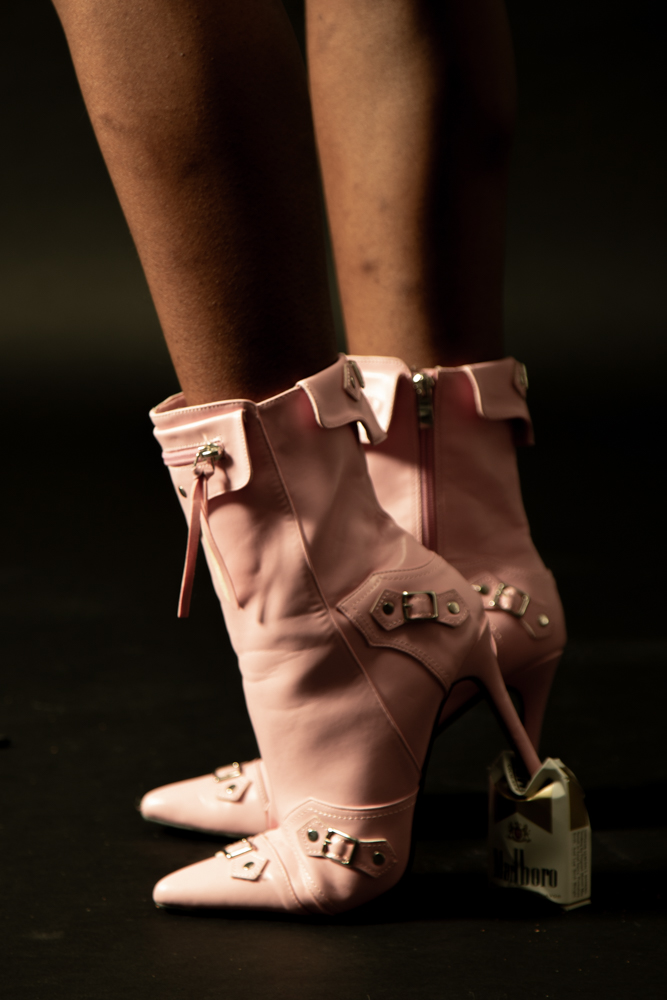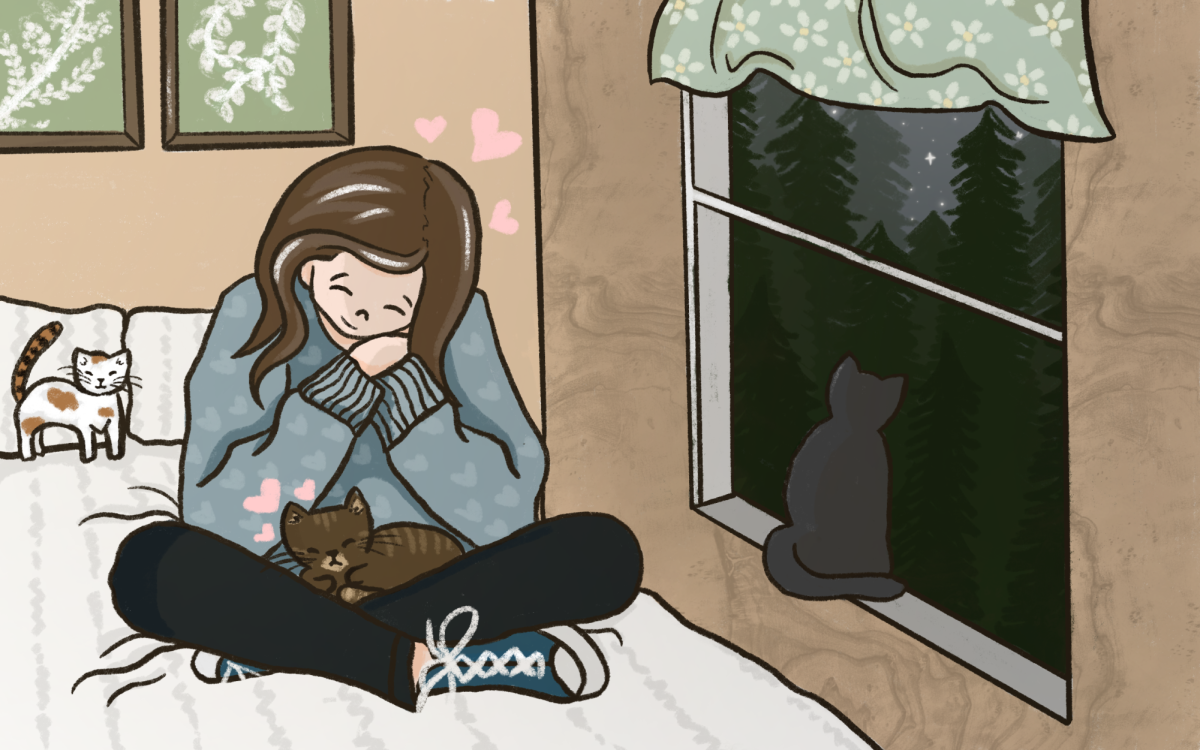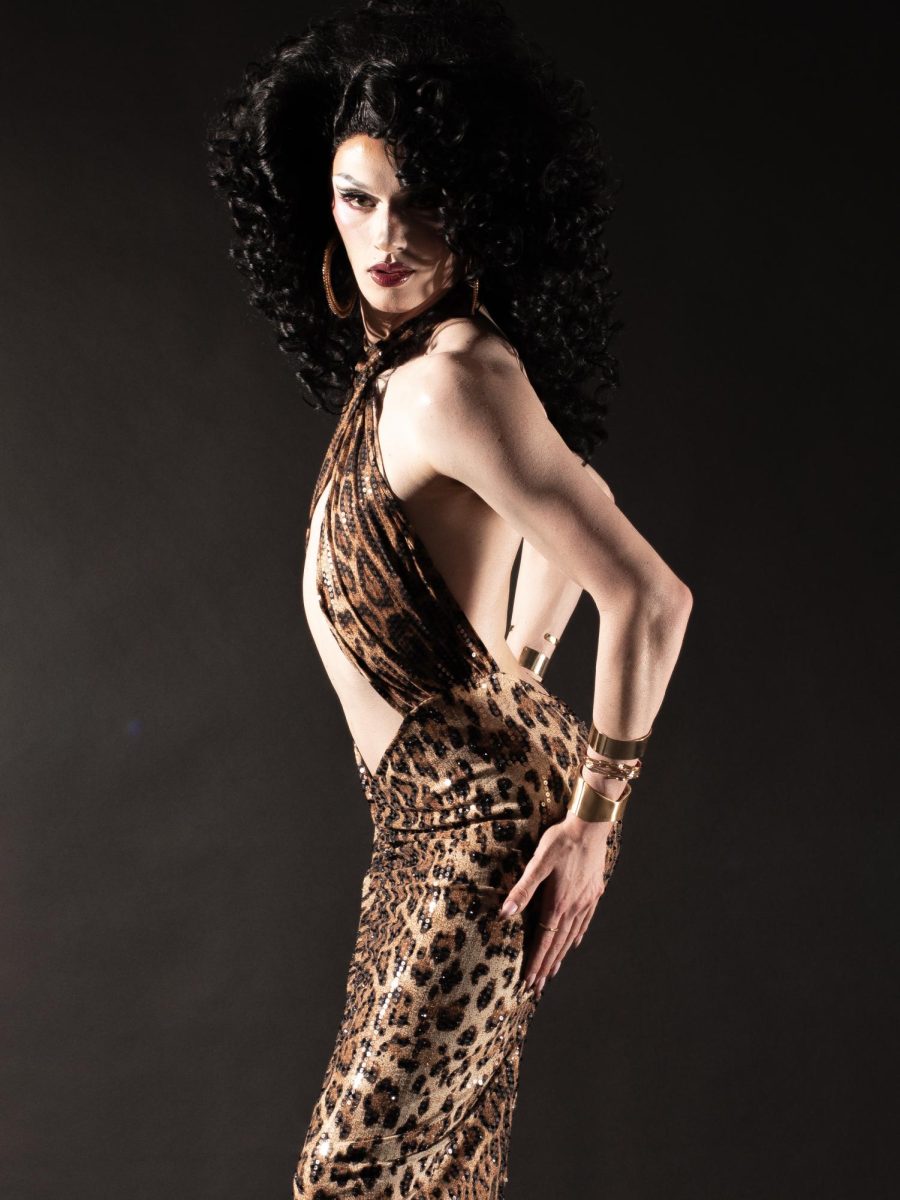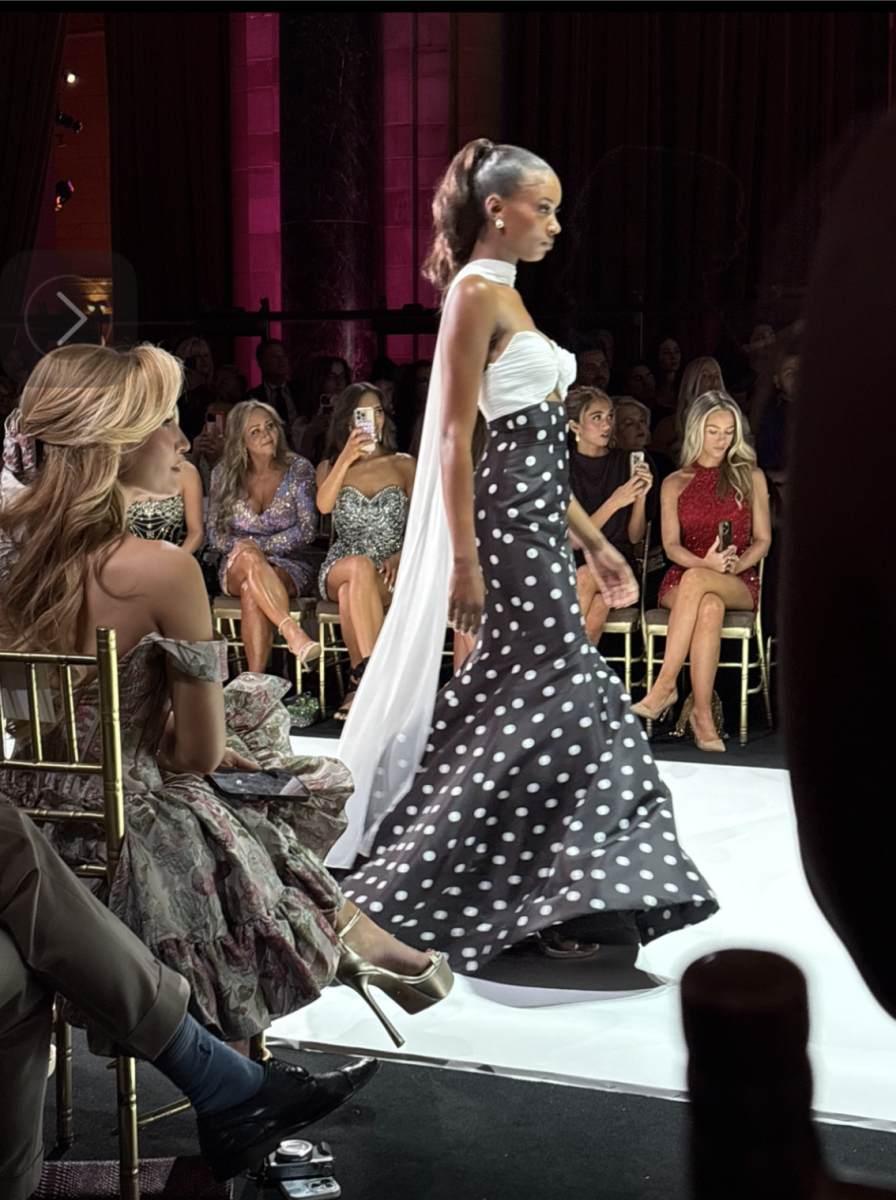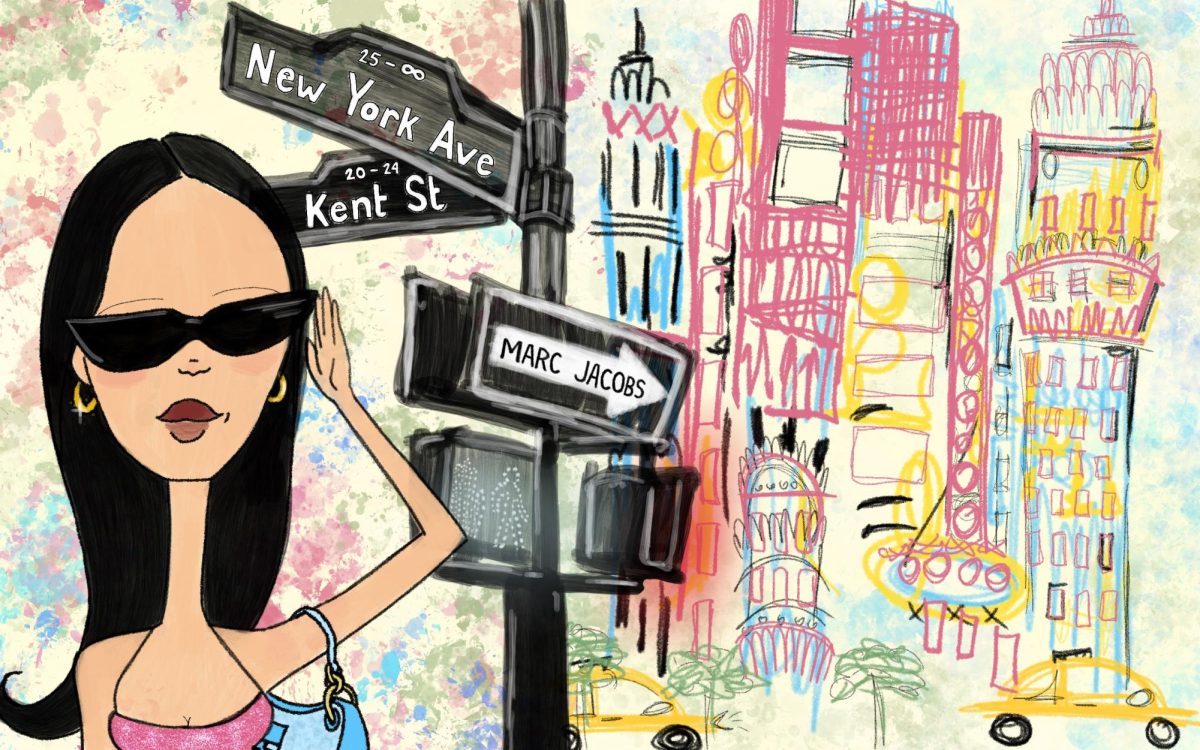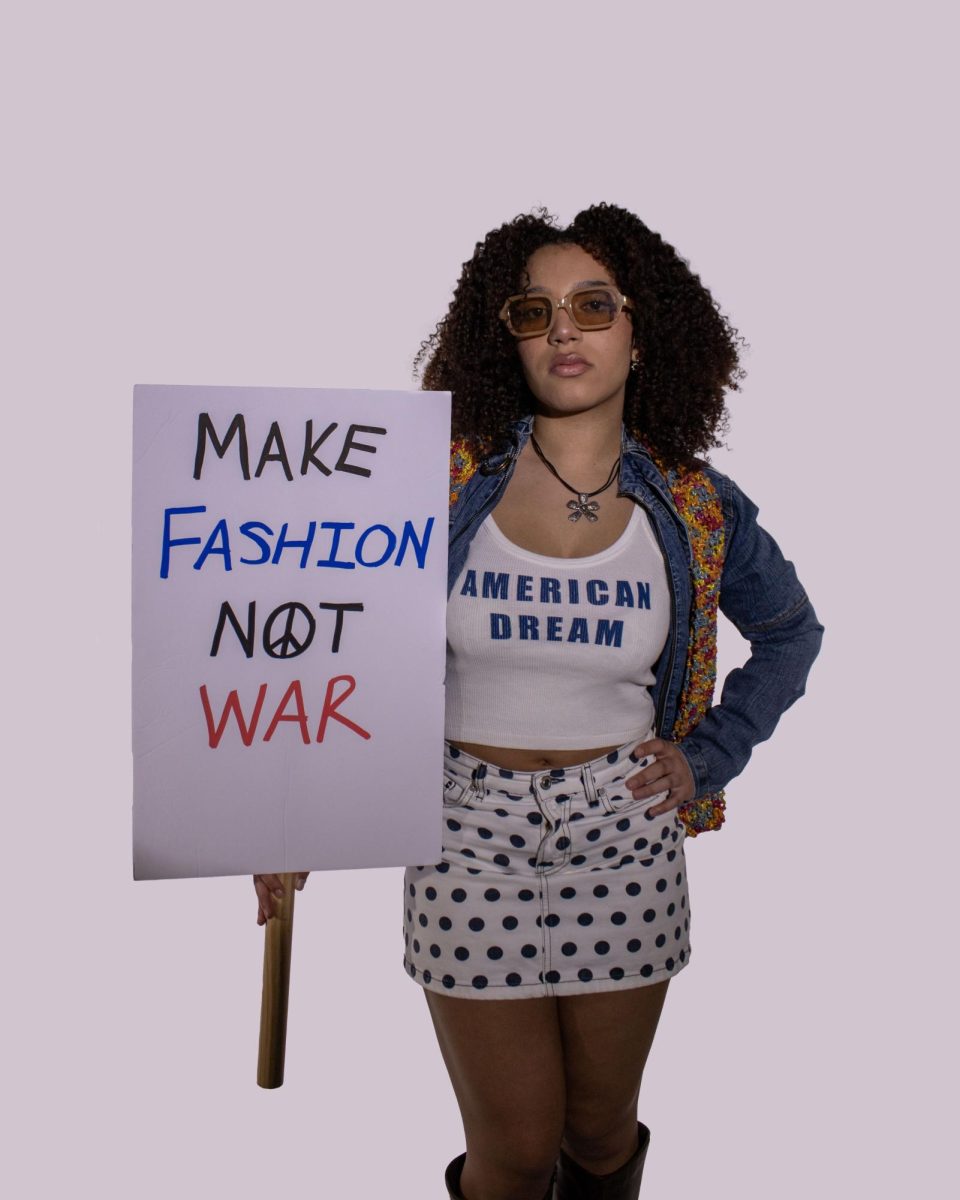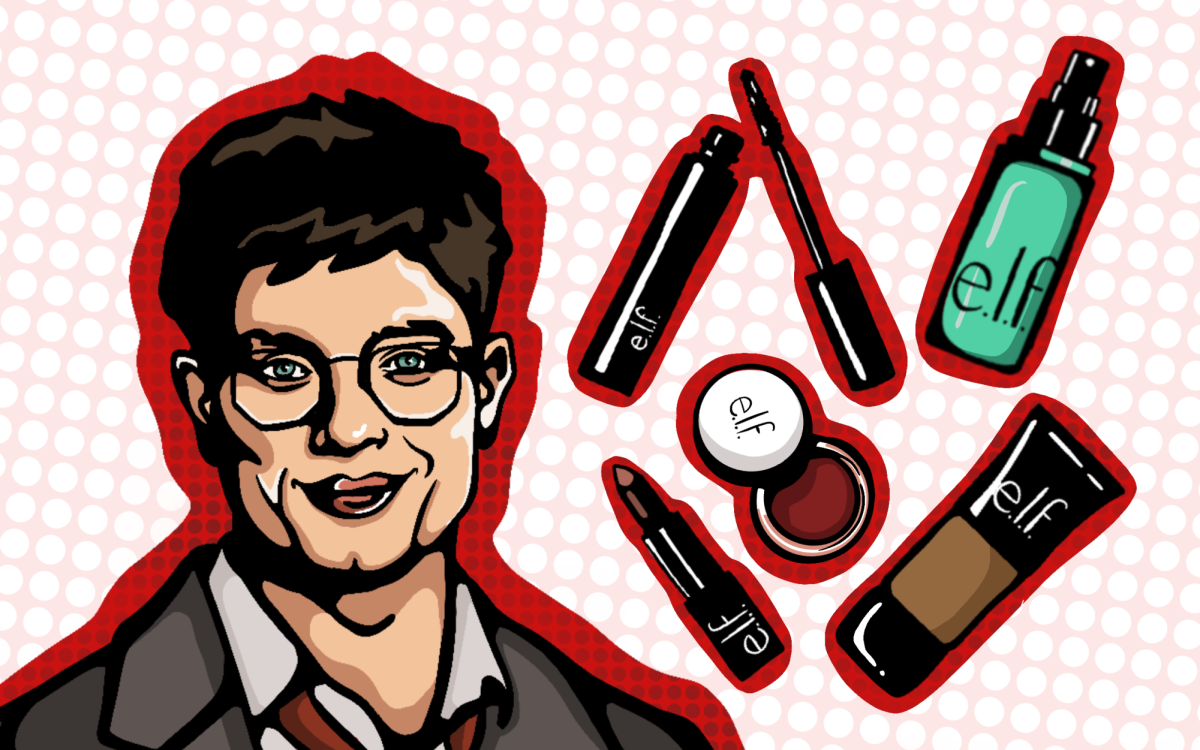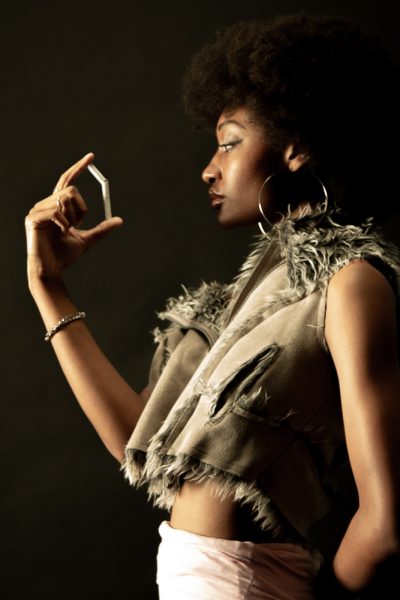
Model: Ari Robinson
Stylist: Ty’Naya McNeal
On Easter Sunday in 1929, women sauntered down Fifth Avenue with confidence. In long overcoats and cloche hats, they embodied the traits of an elegant, sophisticated woman of the era. Their confidence came from their “Torches of Freedom”: a smoking movement among women.
Edward Bernays, the father of public relations, created the “Torches of Freedom” movement to break the barriers of traditional femininity within America. Even a century ago, cigarettes became a symbol of rebellion and bravery within society.
The success of the campaign became clear when cigarette sales began to increase all over America. Now that women were a large target of the cigarette market; tobacco companies were eager to capitalize off American women by promoting the advantages of smoking.
According to the Stanford Research into the Impact of Tobacco Advertising, cigarette ads were “designed to prey on female insecurities about weight and diet.” Weight loss became a major benefit to encourage women to start smoking. Women also prioritized cigarettes that didn’t irritate their throats, which became a huge factor in marketing as well. Even just the relaxing, seductive nature of a cigarette, allured women to the new habit.
Although cigarettes maintained their popularity for decades to come, the health concerns and dangers of cigarettes began to emerge in the early 1950s. Two decades later, advertising cigarettes on television and the radio were banned in the United States.
As kids, we were lectured about the damage a habitual cigarette could do to our bodies. Although cigarettes are referred to as “cancer sticks,” that doesn’t stop young adults from buying a pack of Marlboro Reds to prepare for their night out, the stressful week they have ahead of them, or the certain aesthetic they want to achieve.
In the age of vapes, marijuana, zyns and binge drinking, cigarettes are making their revolutionary return into the party scene and creeping into the aesthetic of young adults. The question is: What may be driving this possible resurgence?
While showcasing glamorous haute couture pieces, models float down the runway with a deadly accessory: a cigarette. In both the LaQuan Smith and Christian Cowan fall ready-to-wear shows, models can be spotted holding a cigarette as they flaunt the new collections. According to Women’s Wear Daily, many see a lit cigarette, rather than a vape, as a signal of chic.
Elegant, sophisticated and tasteful: all words that are synonyms for “chic.” Although they signal the same connotation, the fashion industry is credited for the adoption of the “heroin chic” aesthetic, which strays from being chic at all. Romanticizing substance abuse, unhealthy body standards and a rebellious “party girl” aura, the “heroin chic” aesthetic is quite the switch up from the classy imagery most people think of when the word “chic” is uttered.
“Fashion houses almost get away with murder when it comes to things like making substance abuse popular,” Claire Murphy, a podcast host of The Quicky, said in an email. “‘Heroin chic,’ which came with the rise to fame of models like Kate Moss, put substance abuse and things like eating disorders and habits like smoking at the top of young people’s wish list along with the latest shoe trends and fit selection.”
The fashion industry influences the wardrobes and lifestyles of young trendsetters around the world, which is why aesthetics like “heroin chic” can be viewed as controversial. Social media platforms provide algorithms that are specific to every individual user, which amplifies the influence the media has on the lives of young adults.
In the age of personalized algorithms, active social media users idolize certain influencers, popstars, celebrities and even fictional characters, by adopting their aesthetics and blips of their niche lifestyles as portrayed on the internet.
“We tend, as viewers of any kind of media, to identify with certain characters,” said Kathleen Kollman, an assistant professor in media, journalism, film and global and intercultural studies at Miami University of Ohio. “And when we do, depending on what kind of behaviors they’re engaged in, that may result in some sort of emulation of those behaviors.”
Edward Bernays understood this technique when he instructed women to peruse the streets of Manhattan with cigarettes in 1929. More recently, celebrities and influencers can be seen smoking casually, as well as within the line of work they do.
“All consumers need to be aware, and content producers may want to be a little bit mindful of the level to which they might be glamorizing things,” Kollman said. “Socially we have decided certain things are so unhealthy that we aren’t going to depict it in mainstream media anymore.”
Although cigarettes aren’t advertised on television or other public platforms anymore, social media allows everyone to create their own content; sometimes, this means sharing unhealthy behaviors and substance abuse for impressionable media users to see.
Cigfluencers, an Instagram account dedicated to showing off celebrities smoking cigarettes, provides consistent content and has over 60,000 followers. The account’s bio reads, “aka, HOT PEOPLE keeping the art of SMOKING & BEING COOL alive…”
Addison Rae, Charli XCX, Bella Hadid and Chappell Roan are all famous celebrities that have been featured on the account. Smoking feeds into certain aesthetics that young people are attracted to, and celebrities effortlessly create these aesthetics by simply existing.
Charli XCX’s “Brat” album is a perfect replica of this. Charli’s revolutionary album focuses on extreme party culture and night life, which revisits the chaotic, messy 2000s “party girl” culture. “Brat” has been a huge hit amongst young adults and college kids. According to Nylon, it received seven Grammy nominations this year.
Although “heroin chic” is a controversial aesthetic, many women in their 20s have taken a liking to it. There are several parallels between “Brat” and “heroin chic”: cigarettes and the glamorization of party culture being some of them.
Cigarette culture is also embedded into European lifestyle, home to some of the biggest fashion capitals in the world. Many students study abroad and find themselves adapting to European culture, even for the short getaway.
“The Italian cigarette smoke session is an aesthetic,” said Ryan Gibson, a junior fashion student studying abroad in Florence, Italy. “If I leave my apartment right now, I will see at least three or four people smoking.”
Gibson also said that the culture in Italy is heavily based in smoking, drinking, socializing and living “la dolce vita”: the sweet life.
With cigarettes being so popular in Europe, it’s possible that the culture translates over to the United States when young trendsetters return from studying abroad. Sometimes a little “la dolce vita” can be relaxing amidst the hectic American lifestyle.
Cigarettes are making a huge impression among young adults these days. The fashion industry, the music industry, pop culture, social media and other cultures may be the reason that it’s becoming more popular.
Before you light a cigarette to become the next fashion icon, “Brat” party girl, or to live “la dolce vita,” remember that more than 480,000 deaths (including deaths from secondhand smoke) occur annually from cigarettes.
The Center for Disease Control and Prevention provides several resources for those who seek to quit smoking. Free confidential counseling, nicotine replacement therapy, and medications are helpful ways to start the path toward quitting. Use 1-800-QUIT-NOW to start a new healthier lifestyle.

